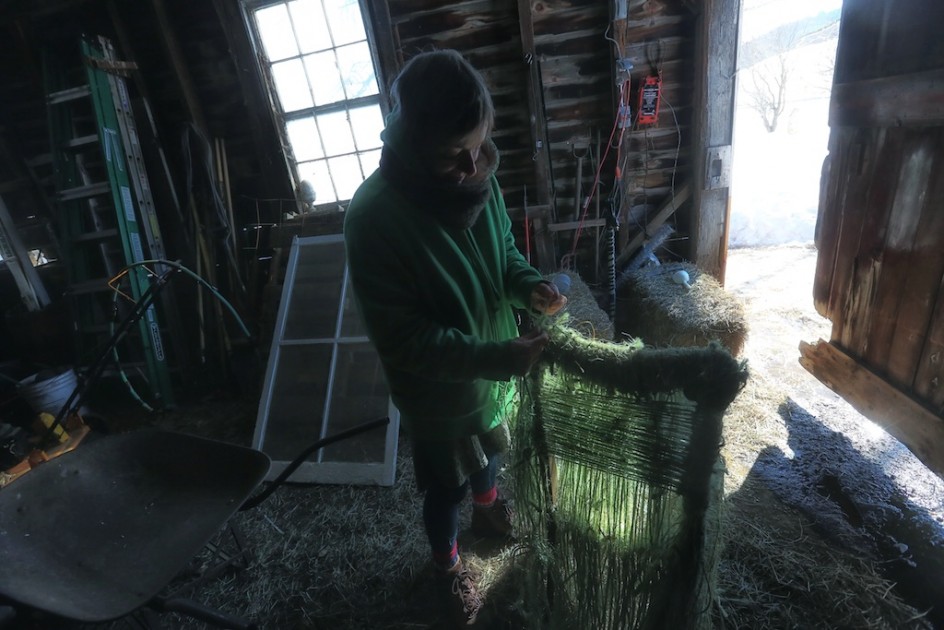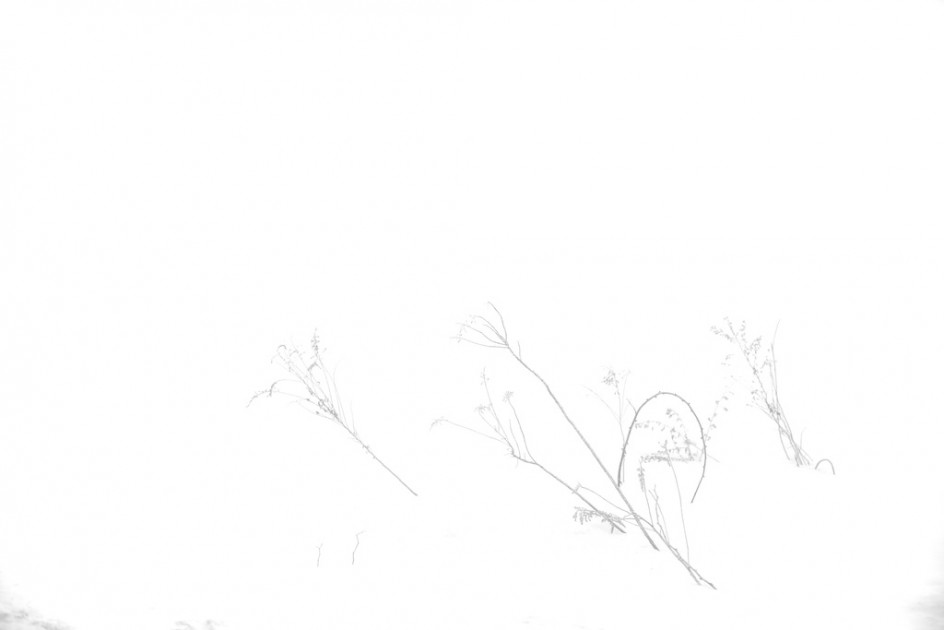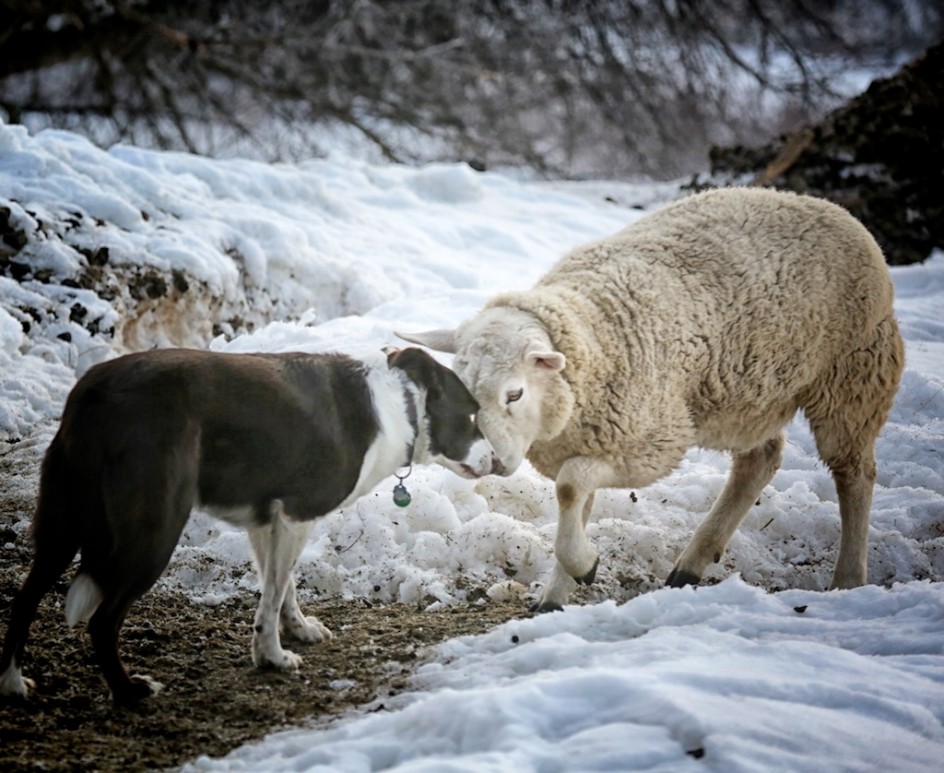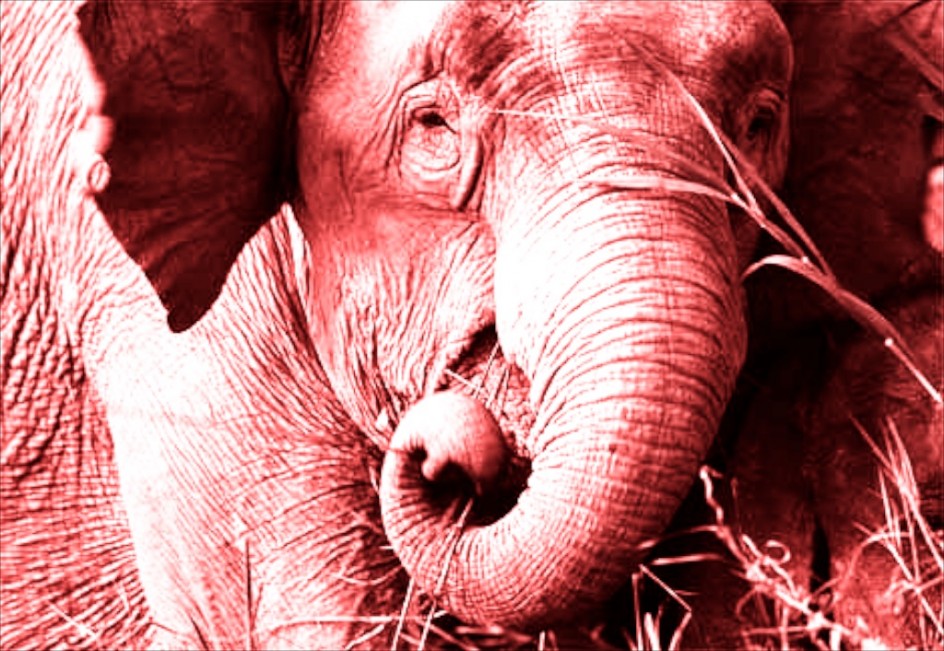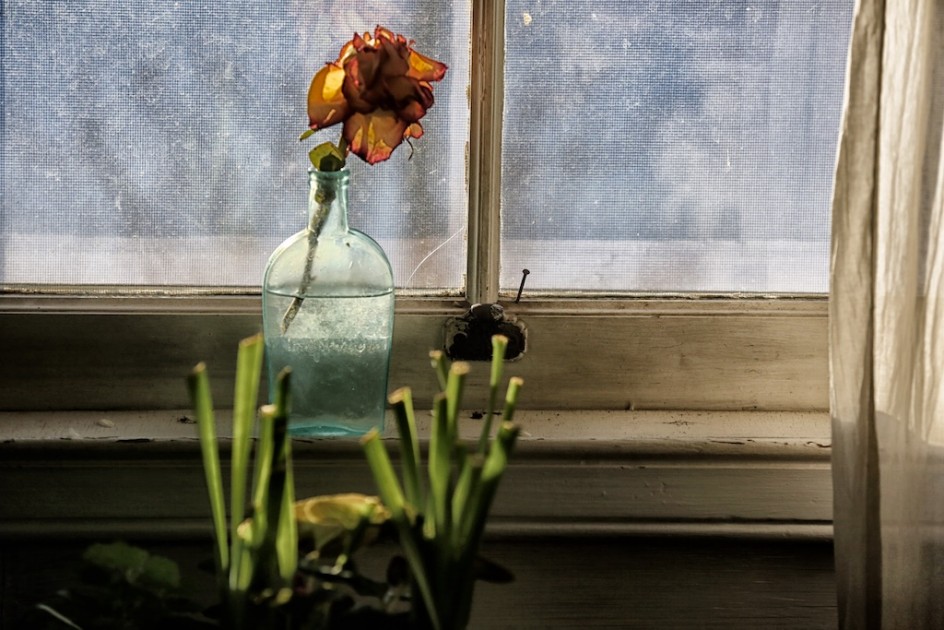
A reporter called me week to interview me about a talk I’m giving this weekend in Bucks County. She was bright and well-prepared, she also let me know she is working on a novel, as often happens with reporters on newspapers (it happened with me.) She wanted, she said, to be a New York Times bestseller, like I was.
I sighed, and took a breath and told her that the publishing world had changed. New York Times bestsellers these days are rarely good first novels, they are more likely to be left-right polemics promoting one loopy conspiracy theory or another. The New York Times does not make best-selling books any more, their list no longer has any meaning for young or new writers or older mid-list writers like me. And publishers don’t care much for unknown novelists or mid-list writers much now, they want to publish Shades of Grey and sensational tell-alls.
Well, she said, what should I want? You should want to make a living writing in any way you can, I said, and use new technology to do it. Getting to write is the point, not being a bestseller. Nobody even knows what that means any more. Start a blog, I said, and try and build up an audience there. Start making friends on Facebook. The endgame is no longer always getting a commercial publisher, it might very well be selling chapters or chunks of your work online, and selling your novel there as well.
I’ve had this conversation a million times, I doubt she believed me or heard what I was saying. Writers all want to be New York Times Bestsellers, I know it is what I wanted, and what I got, and it is difficult to want something else, something new, riskier and different.
I used to make all of my income from royalties and advances, I refused to take any money for the blog. This conceit was bludgeoned out of me a few years. Subscriptions now make up a small but growing part of my income, they help support my work and offset the decline in revenues, they also support the blog. It is good to be paid for my work. I need it, of course, but it also gives my writing and my photos meaning. One does work differently when people care enough about your work to pay for it. That is a contract I work hard to honor on my end.
We all need to be paid for what we do, that is about dignity as well as money.
A small percentage of blog readers subscribe, but the number is growing slowly and steadily, people are getting used to the idea of paying people for their work online. No financial information is stored on my blog, two security companies monitor it and recurring subscriptions can easily be canceled any time.
I will be frank, I appreciate these subscriptions, they make a real difference, among other things they help me take photos and publish the blog well. They make it possible to offer it for free to those who aren’t able to pay for it. It is, of course, free to anyone who cannot pay or does not wish to.
Blogs and subscriptions are also part of the writer’s new life, and the writer’s life now is as much about change as it is about writing.
I became an author writing books about 33 years ago, and I have written more than 28 books, and my writing life is different. I started my blog on Memorial Day in 2007, it was supposed to support my book publishing. I ended up sharing my breakdown. Today, the blog is the focal point of my writing, the center of my creative life, my writing, and photography and some occasional poetry.
The books are a part of my creative life, not the only part, or even the most central part. I can hardly believe that, I wanted so badly to be a book writer and have earned a living writing books for decades. And I still love writing books. But mostly, I love writing. I do it every day of my life, without fail. I am committed to doing it, and doing it authentically.
Photography is another way to write for me, another to tell stories, mine and that of other people and of animals and of the natural world.
Today, I consider my blog my great work, a living and illustrated memoir and record of my life, which is what an honest memoir ought to be. People ask me about my writing habits all the time. I am a devotee of the John Updike method of writing. I get up early, usually between 6:30 and 7 a.m., sometimes much earlier, and I know I can only be creative and original for between three and six hours a day. I try and protect that time. I get up, make breakfast for me and Maria, we go and feed the animals, then we take a short walk together.
I am at my desk by 8:30 or 9 a.m. at the latest, often earlier and I write through lunchtime and often into the early afternoon. I use special mood lights in the dark winter and candles, and I burn a fresh stick of incense every day. I am superstitious, I have muses and statues and Madonnas and voodoo candles. I drink tea and bottled water. My desk is buried in papers, books, printouts, wires.
My study is a chaotic mess, Maria comes in only to water the plants. The cats know never to set food near my desk.
Red lies on a soft bed by my feet, he never moves while I am at the computer. I appreciate his presence very much. Writing is solitary, a good dog keeps it from being lonely.
The first thing I do is post on the blog, take a fresh and daily photo that reflects life on a given day – snow, Red and Liam, the sun rising. I like to let people know what is happening in my life that day. Then I work on my book or, as has happened often this year, the carriage horses talk to me and I write about the horses and lately, the elephants in the circus. This sometimes requires me to call people for information or do research.
Generally speaking, I do not argue my writing on Facebook or in e-mails with strangers. If I did, I would turn into one of the angry and miserable people who watch cable news all day. Same thing. Americans are forgetting how to communicate in a civil way, many people think if we are on Facebook together, we must be good friends, they write me about their sick dogs and cats, the books they want to write, their fights with their parents, their troubles at work.
As a rule, I do not answer or read messages from people I do not know, it is, like arguing, one of the quicksand traps on social media. I get about 1,000 messages a day in one form or another, I cannot come close to reading them all and replying to them. I get irritated when people ask me for advice or want to chit-chat. I don’t know what their schedules are like, I can’t do it. And if I could, I wouldn’t want to do it. Writing takes discipline, it is a choice every day. You can write or you can do things that are not writing. I choose to write, as much as I can, as often as I can.
That means saying no. A lot. Some people resent that.
I devote one or two days a week to my next book, “Talking To Animals.” Editors in publishing houses rarely edit any more, writers arrange for it privately. And pay for it themselves. I have a gifted freelance editor named Rosemary Ahern, she is sharp and tough and indispensable. She is a precious friend, a lifesaver. I sent each chapter to her, she invariably sends it back for more work. We are about halfway done. I get away with nothing. It will take at least another six months. We never exchange paper, we work online. I do print out her edits, it is easier for me to follow them that way.
I post on the blog two or three times a day and then again, at night after dinner (like now.) I don’t plot it out, but usually I write a longer essay or piece, and then some short captioned stories enhanced by photographs. Sometimes the photographs stand alone, I see each photo as it’s own story.
I show Maria my chapters as soon as I write them, she never tries to edit them, she tells me if she likes them or not. At first, I did not trust her, she was an artist, I thought. What could she know about writing? Her instincts are very good, she has blossomed into an excellent writer, among many things. It is a joy for me to see that. I value what she says.
On the blog, there is little time or proof-reading or grammar checks, that is frustrating to some people, but it is the only way I can write as much as I want and say as much as I want. I break for lunch around 12:30, Maria usually sends me texts saying “I am hungry!”, and I spring to the kitchen.
I don’t proofread much. If I proofread everything carefully here, there would be half as much to read. Over the course of the day, I re-read posts and clean them up. I have a lot to say on the blog, it never feels like work to me, it is pure joy. Many people tell me they are afraid to do a blog because it might not be perfect, they might make mistakes, and I laugh. They will most likely never have a blog, blogs are not for anxious perfectionists.
Well, mine is far from perfect. You get the good Katz and the bad Katz, but you will get the real one.
The blog is successful, there are about four million visits a year, between 350,000 and 400,000 unique visitors. I do not ever think of the blog when I write, I am always shocked when people tell me it means a lot to them. And i am happy. People surprise me all the time by saying they sometimes disagree with me. Why would anyone read a writer they always agreed with? I have never understood that idea.
Writing in the new era requires a new sensibility, a new way of looking at writing. With social media, there is also a dialogue between my readers and me. Facebook is valuable, but also a trap. I spend little time there, unless I am under continuous assault, which happens regularly. I feel an obligation to face my readers when I stir the pot. They are entitled to that, up to a point. In the old publishing paradigm, that would never have happened.
This new interactivity is sometimes exhilarating, sometimes maddening, sometimes quite healthy and interesting. I do not like being told what to write or what to do, I do not seek advice from strangers on the Internet. I get a lot. I think, on balance, it is a remarkable interaction, it has done me far more good than harm.
I am not one of those writers who laments the old days. I reject chronic old fartism in all of it’s hoary forms, I do not wish to hear that everything 20 years ago was better than everything today, I know this to be bullshit, like old people talk. It is a disease of aging, more deadly than most.
Publishing is healthier than ever, there are more books to read in more forms at lower costs that at any time in the history of human beings. That cannot be bad for writing.
My reporter friend didn’t really want to hear that, she is thinking she will write her great first novel, get on the Today Show, be on the front page of the New York Times and end up at cocktail parties at the Dakota at Central Park West, writing in a loft in Soho, free to write without worrying about money. That was probably never true, but it is surely not true now. Book tours are mostly over, publishers no longer support writers or publicize their work, they just publish books. And only a handful of writers make a living at it. There are still plenty of good books to read, writers are durable and irrepressible.
I am not yet the writer I hoped to be and wished to be, but there is still plenty of time. I’m working on it. In the meantime, I give thanks at least once a day that I get to do what I always wanted to do, what I always dreamed of doing, and I will do it to the last breath, and maybe even beyond. Nothing would surprise me in life.
On balance, I do not miss the old life. I love every day of my new writing life, I am still doing what I always wanted to do, still making a living out of it, still loving my life every day. Change is perhaps the most creative thing in the human arsenal, and when I stop embracing it, my true life as a writer will be over.

